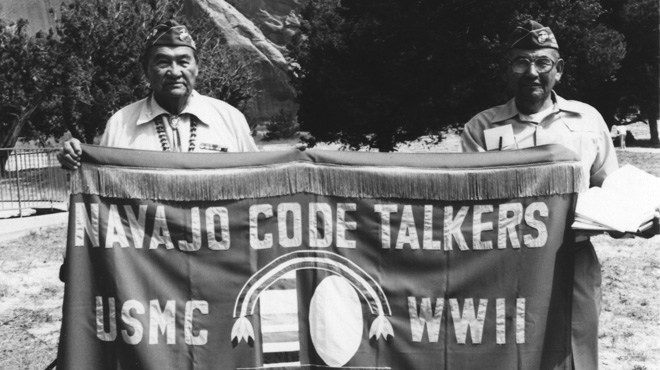Program Description:
Climate Catastrophe Ground Zero (CCG0) pioneers a unique approach to climate activism, deeply rooted in Indigenous knowledge and leadership across global environmental campaigns. Targeting areas most affected by climate change, known as “Ground Zero” regions, CCG0 works to transform sites of severe environmental degradation into models of resilience and proactive change. This initiative underscores the significance of empowering grassroots leadership, fostering robust local coalitions, and facilitating the exchange of resources and knowledge to enact meaningful environmental restoration and policy reform.
The Argument for this Program:
By integrating the profound respect for Uŋčí Maká (Grandmother Earth) inherent in Indigenous cultures and acknowledging the interconnectedness of all life (Mitakuye Oyasin), as well as the full breadth, experience and shared resources of seasoned campaigners, CCG0 equips communities at the front lines of environmental challenges with the necessary tools and support for impactful action. This program is designed to confront the root causes of climate change directly and mitigate its effects on a comprehensive scale, leveraging Indigenous wisdom and community-driven solutions.
Detailed Components:
- Defining “Ground Zero” Areas: Focused identification of regions critically impacted by industrial pollution and climate change to direct concentrated action and support.
- Building and Empowering Local Coalitions: Provision of resources, knowledge, and mentorship to develop local coalitions capable of advocating for and implementing effective environmental solutions.
- Indigenous Leadership and Mentorship: Utilizing the wisdom, experience, and strategic approaches of Indigenous leaders to guide the initiative, fostering a powerful and diverse global movement.
- Education and Storytelling: Combining traditional knowledge with scientific research to educate communities about their specific environmental issues, promoting informed and decisive action.
- Resource and Experience Sharing: Establishing a dynamic platform for communities to share strategies, successes, and resources, thus enhancing the collective response to environmental crises.
Type of Grants: Environmental Justice, Climate Action, Indigenous Leadership Empowerment, and Community Resilience Building Grants.
Example Organizations: Environmental Defense Fund, The Global Environmental Facility, The Climate Reality Project.
Best Approach:
- Strategic Networking and Alliances: Proactively seek partnerships with organizations and networks focused on climate action and Indigenous rights, leveraging these relationships to broaden the scope and impact of the program.
- Innovative Digital Engagement: Utilize digital platforms not just for awareness, but as tools for virtual workshops, webinars, and collaborative planning sessions that bring together diverse stakeholders from around the world. Emphasis on storytelling through social media, video content, and interactive websites to convey the urgency of climate action and the power of Indigenous-led solutions.
- Public Speaking and Advocacy: Engage in public speaking opportunities at environmental, Indigenous, and climate justice conferences, as well as educational institutions, to share insights, progress, and stories from the “Ground Zero” areas. This also involves participation in policy discussions and forums to advocate for supportive regulations and practices.
- Collaborative Projects and Pilot Initiatives: Launch collaborative projects with local communities, environmental organizations, and educational institutions to demonstrate the viability and effectiveness of Indigenous-led environmental solutions. These projects serve as pilot initiatives that can be scaled or adapted to other “Ground Zero” areas.
- Capacity Building Workshops: Organize workshops and training sessions focused on building the capacities of local coalitions, equipping them with the skills and knowledge necessary for effective environmental advocacy, leadership, and management of conservation projects.
Metrics for Success:
Engagement and Expansion: Successfully establish or expand local coalitions in at least three “Ground Zero” areas within the first year. This metric aims to measure the program’s effectiveness in building and strengthening networks of activists and communities directly affected by climate change, facilitating a collaborative approach to addressing environmental challenges.
Educational Impact: Create and disseminate educational materials reaching at least 10,000 individuals, emphasizing the importance of integrating Indigenous knowledge in climate change mitigation. This goal focuses on raising awareness and understanding of the specific environmental issues facing “Ground Zero” areas and the value of Indigenous perspectives in developing sustainable solutions.
Community Empowerment: Showcase tangible environmental improvements or protective measures in at least three “Ground Zero” areas as a direct result of the initiative’s efforts within the first two years. This metric is crucial for demonstrating the practical impact of the CCG0 program, highlighting successful interventions and projects that lead to measurable environmental benefits and enhanced community resilience.
By focusing on these revised metrics, the Climate Catastrophe Ground Zero (CCG0) program emphasizes actionable outcomes that contribute to its overarching goals of climate justice, Indigenous empowerment, and environmental sustainability.
Through CCG0, the commitment to transforming the planet’s most vulnerable regions is brought to life, demonstrating the power of unity, Indigenous wisdom, and collective dedication to a sustainable and just
Budget Summary (Annual Basis)
| Budget Item | Estimated Annual Cost Before Partnerships ($) | Potential Savings Through Partnerships ($) | Adjusted Estimated Annual Cost After Partnerships ($) |
|---|---|---|---|
| Passthrough Grants for Local Coalitions | 150,000 | – | 150,000 |
| Operational Costs (Travel, Logistics, Communications, Monitoring & Evaluation) | 120,000 | 24,000 | 96,000 |
| Staff Salaries (including benefits & taxes for a lean team) | 335,000 | 67,000 | 268,000 |
| Direct Expenses for Program Activities (Workshops, Training, Community Events) | 90,000 | – | 90,000 |
| Total | 695,000 | 91,000 | 604,000 |
Strategic Partnerships & Shared Skills Adjustments
The adjustments reflect the potential savings achievable through strategic partnerships and shared skills in operational costs and staff salaries, reducing the total estimated annual budget from $695,000 to $604,000. This approach acknowledges the contributions of partnerships in lowering operational costs by $24,000 and staff salaries by $67,000, thus ensuring the program’s sustainability and enhancing its capacity to deliver impactful results.
Budget Period
This budget is structured on an annual basis to allow for flexibility and responsiveness to changing environmental conditions, community needs, and partnership opportunities. Regular annual reviews will ensure the budget remains aligned with the program’s objectives, the effectiveness of ongoing projects, and the strategic direction of the initiative.
Note on Longevity
Given the evolving nature of climate action and the program’s commitment to empowering local communities and leveraging Indigenous knowledge, the budget may require adjustments over time. Strategic partnerships, in particular, offer a valuable mechanism for sustaining and scaling the program’s impact, suggesting that the program’s financial model could evolve to increasingly rely on collaboration and resource sharing.





